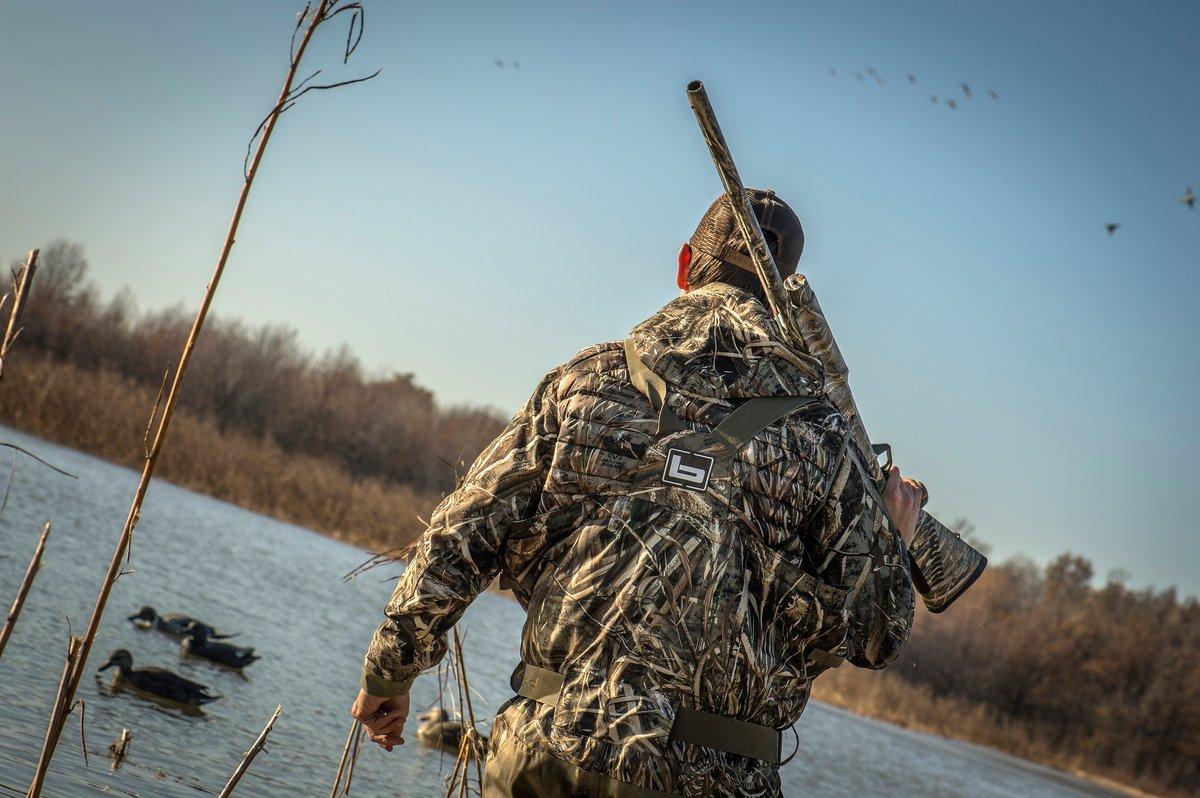Birds Continue Northward Migration as Nesting Season Looms
Minnesota and Michigan were the places to be in late April for ring-necked ducks in Delta Waterfowl's groundbreaking research effort. Twenty-six of the 49 marked ringnecks from which researchers received data were in those states, and eight others were in Ontario.
In an online update covering April 16 through 21, Delta said a ringneck named Sonia made the longest jump, flying 670 miles from southern Minnesota to southeastern Saskatchewan, stopping about 50 miles east of the Quill Lakes.
Sonia is the first marked duck to move into prairie Canada this spring, the report said. Snow cover is receding on the Canadian prairies, although many large lakes remain frozen.
Chrissy, another hen ringneck, flew 320 miles from eastern Minnesota to a wetland complex 10 miles south of Devils Lake, North Dakota. Sonia and Chrissy wintered in the Red Hills region of Georgia and Florida.
Of the nine reporting ducks marked in South Carolina, No. 177176 had made it the farthest north, to Quebec. Four Carolina-wintering ringnecks were in Ontario, two were in Michigan and two were in New York.
While it's unlikely that any ringnecks remain on the wintering grounds, three ducks haven't reported recently, the report said. It's more likely that the transmitters will eventually report migration data, just as No. 182662 did this week. We just found out the duck left the wintering grounds on March 6 and is now in New York on Watts Waterfowl Management Area just southeast of Lake Erie.
Beginning Nov. 28, 2018, Delta Waterfowl and its research partners inserted transmitters in 61 ringnecks — 30 originating in South Carolina and 31 more in southern Georgia and northern Florida. This season's study, the second in a two-year effort, includes two drakes. In November 2017, Delta implanted radios in 15 ringneck hens in the same area of Georgia and Florida. The transmitters let Dr. Mark McConnell and graduate assistant Tori Mezebish, of the University of Georgia, track movements of the hens at their wintering grounds and allowed them to follow the ducks' spring migration to Canadian breeding grounds before the transmitter batteries expired.
The study, conducted cooperatively by Delta and the University of Georgia, is exciting for several reasons. Ringnecks have been studied far less than any of the most harvested duck species. Further, they are expanding in numbers and range, so the study marks one of the first times researchers can study a duck species on the upswing. In addition, this is the first time researchers have implanted radio transmitters in ringnecks to study their movements. Banding data for the species is lacking, so biologists know relatively little about the birds' migration routes or breeding destinations.
Click here for more Realtree waterfowl hunting content. And check us out on Facebook.







